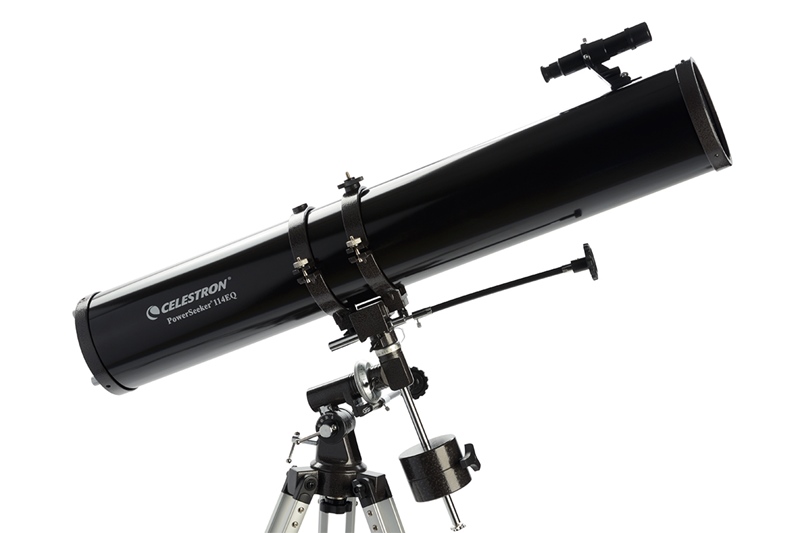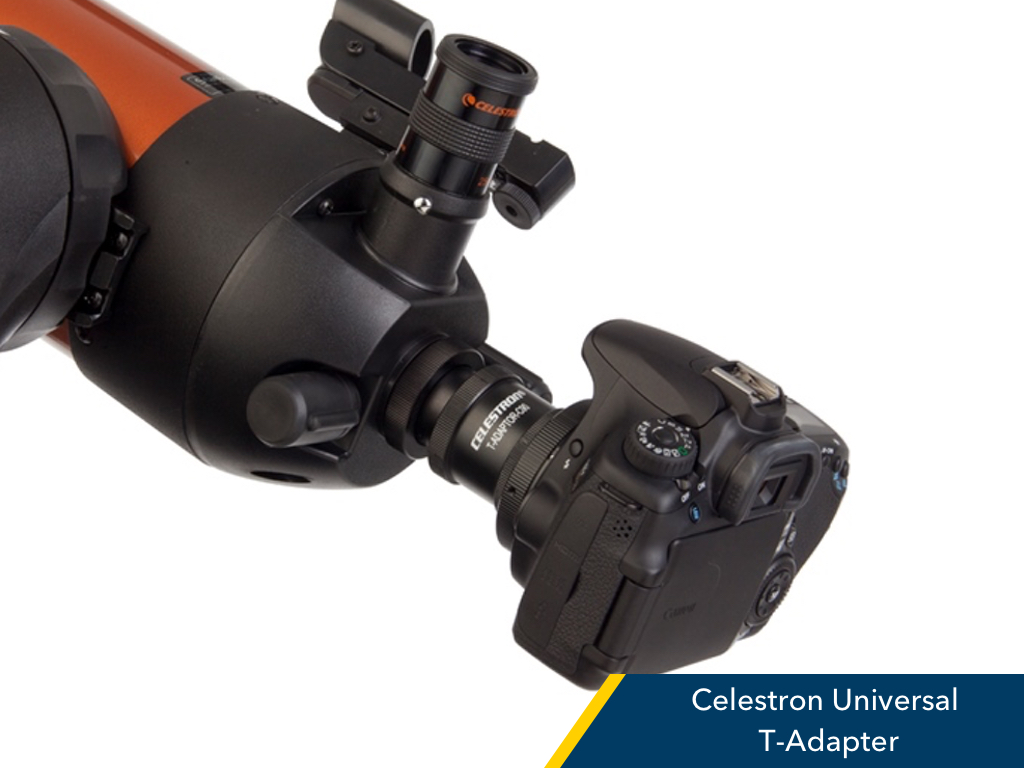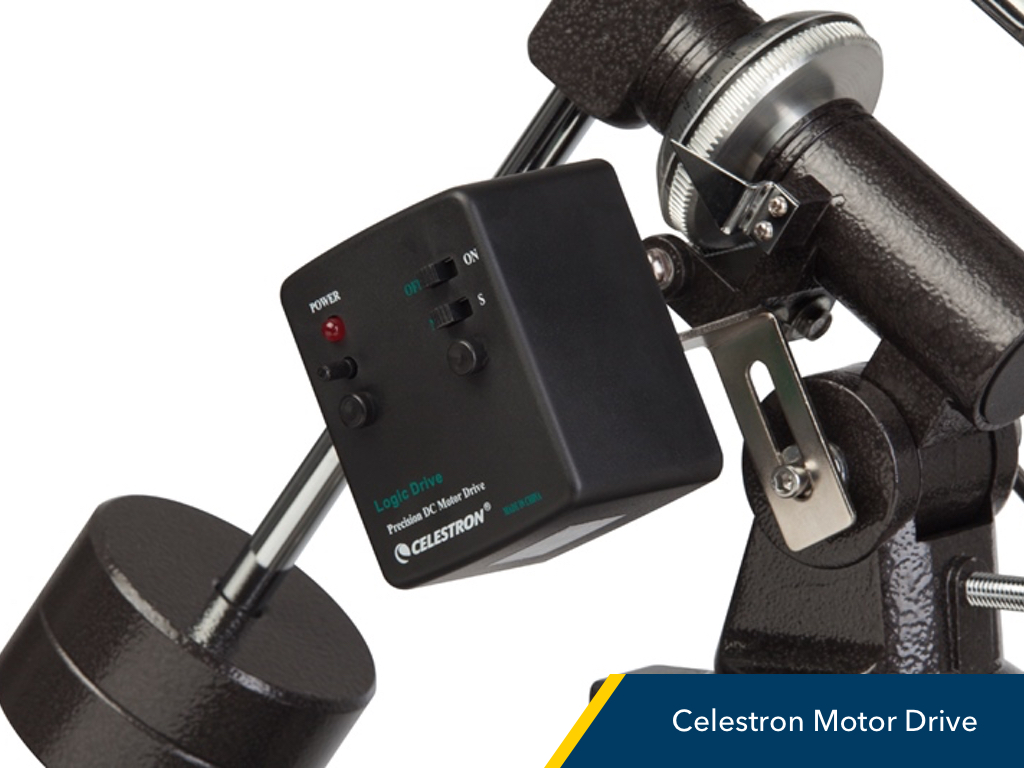
It is in our nature to be curious about what exists beyond our planet. I often find myself staring into the night sky, wondering about the distant stars and planets. On a clear night, I can spot the Big Dipper and Orion’s belt, but I’ve been wanting to see more. Sure, a quick YouTube search will return a close up view of stars and planets. However, there is nothing more intimate or impressive than seeing it live with your own eyes. For the amateur with no previous experience, the Celestron PowerSeeker 114EQ Telescope with Motor Drive could be the telescope that brings you closer to all of the wonders beyond Earth.
Features of the Celestron PowerSeeker 114EQ
Designed for beginners
As a novice, it can be really intimidating to choose the right telescope. Since they appear to be such sophisticated tools, I often get the impression that you need a degree in astronomy to operate a telescope properly. This Celestron PowerSeeker telescope is designed specifically for people looking to get into astronomy for the first time. A tool-free setup allows you to quickly unpack and effortlessly enjoy the view. The telescope also uses an equatorial mount that makes it easier to follow the stars and planets through the night sky.
Track stars and planets like a pro with the Motor Drive
The Earth’s rotation can change your field of view, causing you to lose sight of an object in space. The included motor drive works with the equatorial mount and slow motion controls, to automatically adjust the telescope so that you can maintain your view. The fine-tune controls on the motor can also be adjusted to compensate for the varying speeds that planets and stars have while moving in space. The automated movement and speed adjustment can help create an immersive experience by eliminating the need for constant manual adjustment of the telescope.
Larger aperture increases clarity
The size of an aperture is one of the most important factors to consider when purchasing a telescope. A larger aperture allows a telescope to collect more light, and it also increases the sharpness of an image. The PowerSeeker 114 EQ features a highly capable 114mm aperture that can produce detailed views of the Moon and Mars. This aperture size also provides a great balance that can preserve image quality, while maintaining a relatively portable size.
DSLR Adapter for capturing the sights
 Seeing a coveted star or planet in person with your own eyes can be an exhilarating moment that you wouldn’t want to forget. This telescope is compatible with a DSLR adapter that can attach to a Nikon or Canon DSLR camera. With the camera connected, the telescope effectively acts as a telephoto lens, enabling you to capture stellar images and video. Since this telescope is also capable of terrestrial viewing, you can also use the adapter to capture distant mountain tops or a scenic view. I could imagine combining both astronomical and terrestrial capabilities to capture a full moon floating above the sea. With this camera adapter, the possibilities for long range photography are endless.
Seeing a coveted star or planet in person with your own eyes can be an exhilarating moment that you wouldn’t want to forget. This telescope is compatible with a DSLR adapter that can attach to a Nikon or Canon DSLR camera. With the camera connected, the telescope effectively acts as a telephoto lens, enabling you to capture stellar images and video. Since this telescope is also capable of terrestrial viewing, you can also use the adapter to capture distant mountain tops or a scenic view. I could imagine combining both astronomical and terrestrial capabilities to capture a full moon floating above the sea. With this camera adapter, the possibilities for long range photography are endless.
For anyone that has ever been curious about looking into the universe beyond our world, the Celestron PowerSeeker 114EQ Telescope with Motor Drive provides an opportunity to take a glimpse into the vast cosmos. While the telescope is designed for beginners, it provides features that can deliver a robust and enjoyable experience. It is also compatible with accessories that can allow you to capture the moment with a DSLR camera. This telescope is a perfect start for any beginner or potential enthusiast.
You can explore Best Buy’s complete range of telescopes simply by following the link.





Why is the telescope pointing at the ground in the video? The end where the eyepiece is should be pointing up. This is a reflector telescope.
Comments are closed.